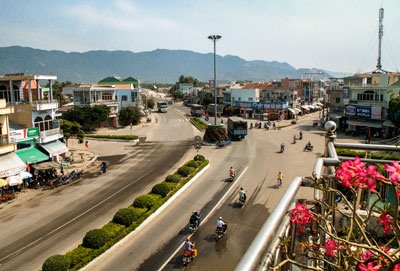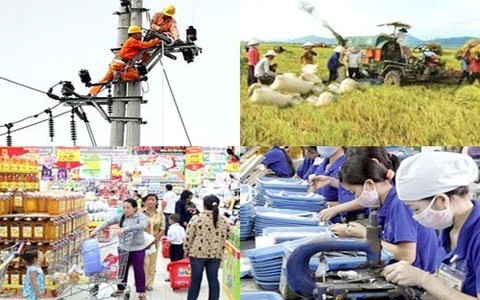VND100 trillion needed for Bac Van Phong Special Zone
VND100 trillion needed for Bac Van Phong Special Zone
The People’s Committee in the central coastal province of Khanh Hoa estimated that of more than VND100 trillion (US$4.4 billion) was needed to develop the infrastructure system for the Bac Van Phong Special Administrative-Economic Unit by 2025.

Of the total, developing the technical infrastructure system required a sum of VND53 trillion by 2025. The money would be spent to build a road system, 20km railway from Van Phong Port to the station of the North-South railway, power system, water supply system and waste treatment system.
An amount of VND46 trillion would be spent on developing the social infrastructure system, including 65 kindergartens, 39 middle schools, 26 high schools, 67 medical stations and clinics and stadiums.
The rest would be used for land clearance and planning.
The provincial People’s Committee said part of the capital would come from the budget and through private investment under build-operate-transfer, build-transfer and public-private partnership practices.
Le Duc Vinh, chairman of the provincial People’s Committee, was quoted by Nguoi Lao Dong (Labourer) newspaper as saying that the province had proposed special mechanisms to develop Bac Van Phong.
Among the proposals was one according to which the province would be allowed to keep revenue from import-export taxes collected in the current Van Phong Economic Zone and the future Bac Van Phong Special Administrative-Economic Unit until 2030, as well as 50 per cent of the central budget’s collection in five years from the foundation of the special zone.
In addition, the province proposed that the Government consider extending the road system to Bac Van Phong when developing the North-South expressway or express railway, along with policies to attract strategic investors to develop the zone.
The province agreed to develop the unit from the current Van Ninh District, where has total area of 111,000ha with 13 communes and towns and a population of 128,000.
The zone would focus on developing marine transport, logistics, trade and financial services, as well as tourism, healthcare, education services and hi-tech industries.



















